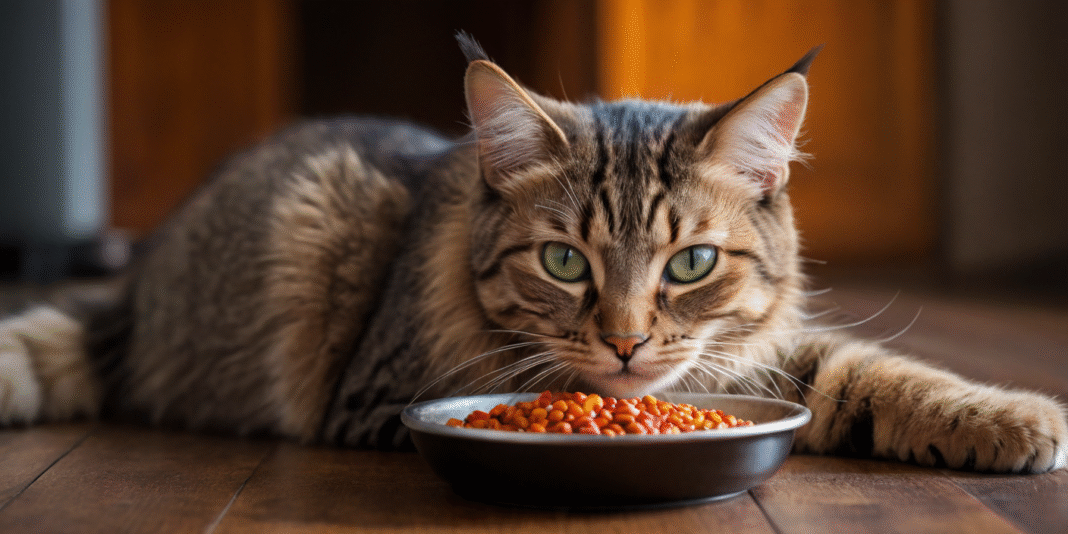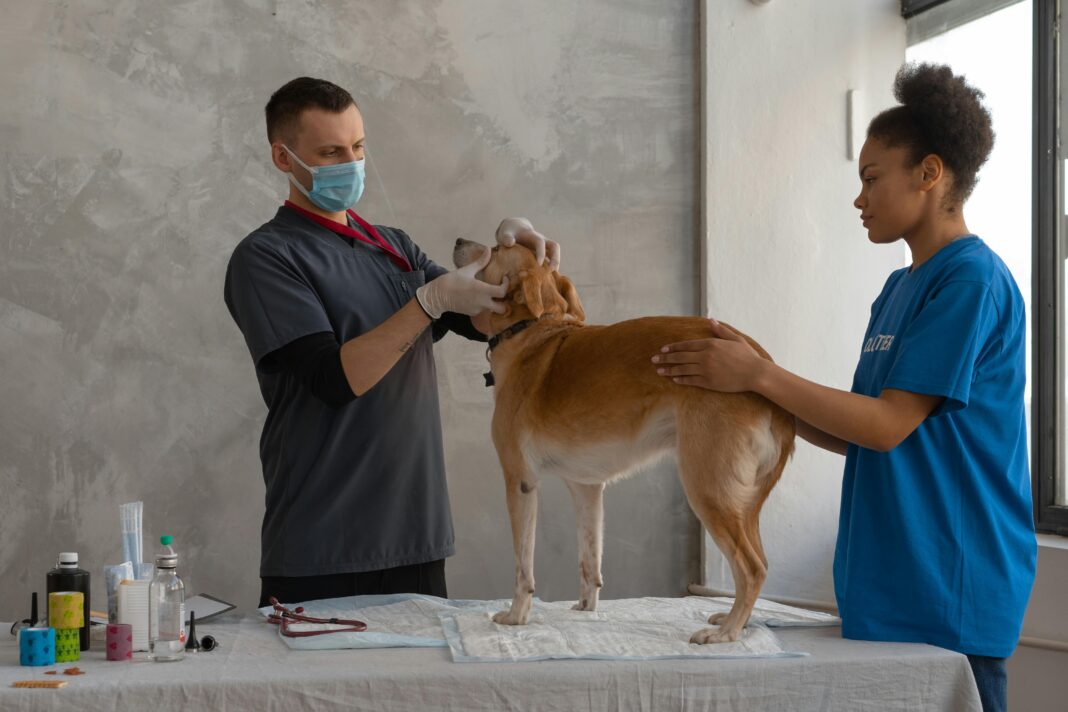When it comes to caring for our beloved felines, understanding their nutritional needs is paramount. A low-phosphorus diet can be a game-changer for many cats, particularly those with specific health issues. This guide will explore the benefits of such diets, what they entail, and how to implement them to enhance your cat’s health and longevity.
Understanding Phosphorus and Its Importance
Phosphorus is a vital mineral that plays a crucial role in various bodily functions. It supports bone health, energy production, and the repair of cells. However, excessive phosphorus can lead to health issues, particularly for older cats or those with kidney disease.
Why Low-Phosphorus Diets Matter
Cats with kidney disease are unable to filter phosphorus effectively, leading to higher levels in the bloodstream. Elevated phosphorus levels can cause further kidney damage and other health concerns. A low-phosphorus diet helps manage these levels, minimizing the strain on your cat’s kidneys and promoting overall well-being.
Identifying the Need for a Low-Phosphorus Diet
Causes of High Phosphorus Levels in Cats
Certain factors can lead to elevated phosphorus levels in cats, including:
-
- Kidney Disease: Chronic kidney disease is a common ailment in older cats, impairing their ability to filter out phosphorus.
-
- Dietary Imbalance: Some commercial cat foods contain high levels of phosphorus, especially those designed for growth or maintenance.
-
- Age: Senior cats are more susceptible to kidney problems and consequently higher phosphorus levels.
Symptoms to Watch For
Recognizing the signs of elevated phosphorus levels or kidney issues is essential:
-
- Increased thirst and urination
-
- Lethargy or lack of energy
-
- Vomiting or loss of appetite
-
- Weight loss
-
- Changes in coat condition (dull or unkempt fur)
If you notice these symptoms, consulting a veterinarian is crucial.
Diagnosis: How to Determine Phosphorus Levels
Your veterinarian can diagnose high phosphorus levels through blood tests and urinalysis. These tests will provide a clear picture of your cat’s kidney function and nutrient levels, helping to determine if a low-phosphorus diet is necessary.
Communicating with Your Vet
When discussing your cat’s health with your veterinarian, be sure to mention any symptoms you’ve observed and ask about any potential dietary changes. Collaborating with your vet will ensure the best approach for your cat’s specific needs.
Implementing a Low-Phosphorus Diet
Choosing the Right Food
Transitioning to a low-phosphorus diet involves selecting the right foods. Look for products specifically formulated for renal support or labeled as low-phosphorus. Here are some options to consider:
-
- Prescription Diets: Brands like Hill’s Prescription Diet and Royal Canin produce veterinary diets tailored for kidney health. These options are designed to be low in phosphorus while still providing essential nutrients.
-
- Wet vs. Dry Food: Wet food typically has lower phosphorus levels than dry kibble. Plus, it helps with hydration, which is vital for kidney health.
-
- High-Quality Proteins: Ensure the protein sources in your cat’s diet come from high-quality ingredients. Opt for meats like chicken or turkey over fish or organ meats, which may have higher phosphorus content.
Home-Cooked Options
If you prefer homemade meals for your cat, consult with your veterinarian for recipes that minimize phosphorus content. Common ingredients might include:
-
- Rice or pasta as a carbohydrate base
-
- Lean meats (no fish or organ meats)
-
- Vegetables like carrots or green beans
Monitoring and Adjusting the Diet
Regular Check-ups
Regular veterinary check-ups are essential for monitoring your cat’s phosphorus levels. Your vet can adjust the dietary plan as necessary based on your cat’s response and overall health.
Keeping a Food Diary
Maintaining a log of what your cat eats can help track their response to the new diet. Note any changes in behavior, weight, or symptoms. This information will be invaluable during vet visits.
Additional Tips for Supporting Kidney Health
Hydration is Key
Encourage your cat to drink more water, which is vital for kidney function. Consider using a cat water fountain, as many cats prefer moving water. Adding wet food to their diet can also increase water intake.
Regular Exercise
Physical activity supports overall health. Engage your cat in play to promote a healthy weight, which can ease the burden on their kidneys.
Understanding Your Cat’s Unique Needs
Each cat is unique; what works for one may not work for another. Be attentive to your cat’s preferences and needs, and communicate with your vet frequently.
By focusing on a low-phosphorus diet, you’re taking a proactive step towards ensuring your cat’s health and enhancing their quality of life. Regular monitoring, proper nutrition, and consultation with your veterinarian will significantly contribute to your feline’s longevity and happiness.





